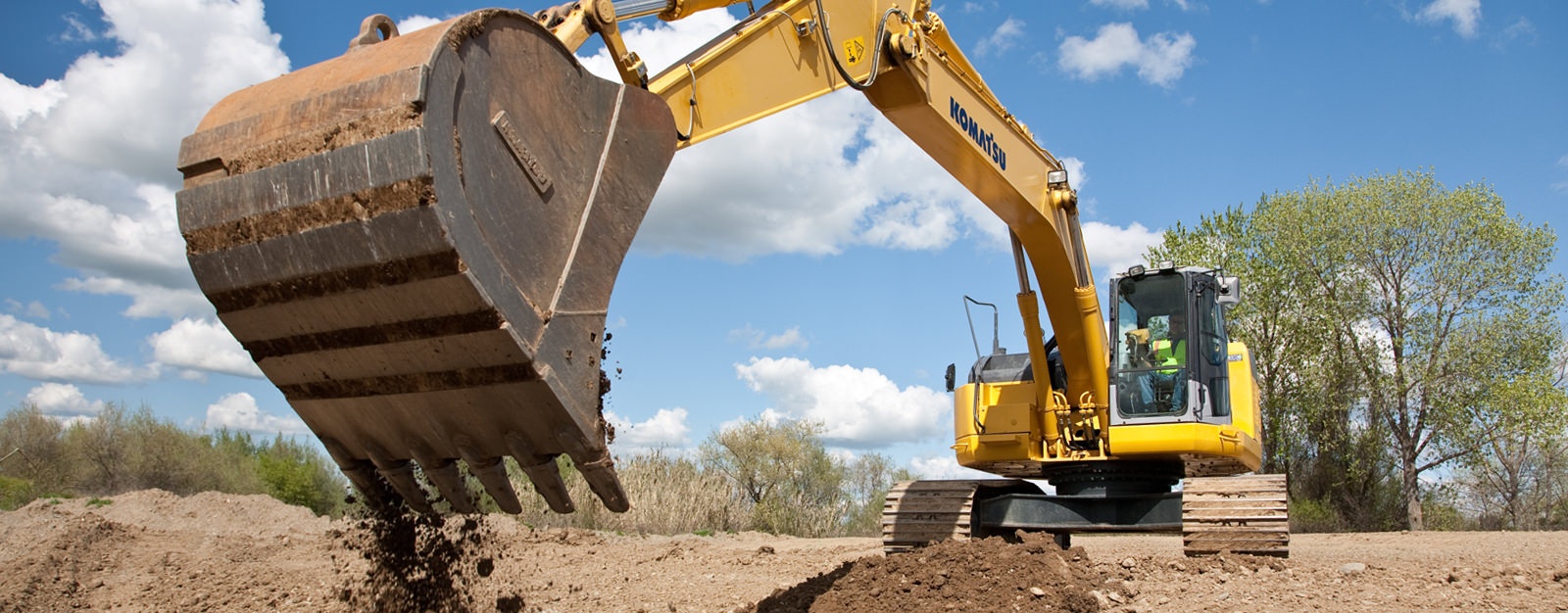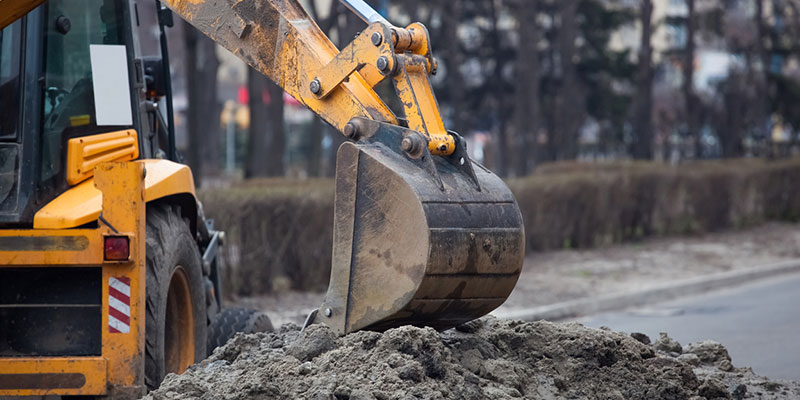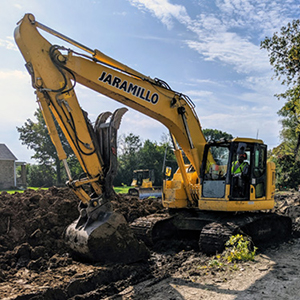In-Depth Exploration: The Science Behind Superior Excavation Practices
The world of excavation techniques is a domain name where scientific research intertwines with workmanship to discover the secrets hidden below the earth's surface. From ancient hand tools to contemporary hydraulic excavators, the development of excavation methods has actually been a testament to human ingenuity and technological developments. However, what truly sets exceptional excavation methods apart is a deep understanding of geological principles, coupled with the usage of advanced tools and approaches. By exploring the scientific research behind these techniques, we can discover the secrets that lie beneath our feet and value the precision and proficiency that enter into every dig.
Evolution of Excavation Strategies
Throughout background, the development of excavation strategies has played an important function ahead of time construction practices and archaeological explorations. From the primary tools utilized by our ancestors to the sophisticated machinery employed in contemporary times, the progression of excavation approaches has dramatically transformed just how we approach different projects.
In old times, manual work with fundamental devices such as pickaxes, wheelbarrows, and shovels was the primary technique of excavation. This labor-intensive procedure limited the deepness and scope of excavations, usually leading to slow progression and restricted accessibility to specific sites. Nevertheless, as worlds progressed, so did the tools and techniques made use of for excavation.
The Industrial Change noted a turning point in excavation methods with the intro of steam-powered equipment. In modern times, modern technology plays a critical function in excavation, with improvements like General practitioner systems, drones, and 3D scanning improving precision and efficiency in the field.
Duty of Modern Technology in Excavation

The combination of sophisticated innovation has actually fundamentally reinvented the area of excavation, enhancing accuracy and efficiency to unmatched degrees - excavating ohio. One of the vital technological innovations that has actually considerably affected excavation practices is the application of GPS systems.
In addition, the arrival of 3D modeling and simulation software application has streamlined the preparation procedure for excavation jobs. Engineers and drivers can currently picture the entire excavation process before beginning, optimizing and identifying prospective difficulties operations. In combination with this, the implementation of drones in excavation activities has assisted in airborne studies, volumetric dimensions, and website inspections with unmatched speed and accuracy.
Geological Principles in Excavation
An understanding of geological principles is necessary for making certain the structural integrity and security of excavation sites. Geological factors play a critical role in establishing the usefulness and safety of excavation jobs.
By conducting comprehensive geological studies and evaluation, designers and excavators can develop approaches to minimize risks and make sure the effective conclusion of excavation projects. Inevitably, including geological concepts into excavation practices is vital for attaining safe, efficient, and lasting outcomes.

Most Recent Devices for Excavation
In the world of excavation techniques, modern advancements in devices have actually revolutionized the effectiveness and precision of excavation procedures. These drones can offer in-depth airborne studies of excavation sites, using real-time data on topography and prospective dangers.
One more cutting-edge device obtaining appeal is the implementation of 3D printing modern technology for developing customized excavation devices. This allows for the production of specialized devices that are tailored to the particular requirements of a task, boosting effectiveness and minimizing downtime.
In addition, innovations in products scientific research have caused the growth of stronger and much more long lasting excavation tools. septic ohio. Tungsten carbide-tipped excavator add-ons, for instance, lancaster trenching deal superior efficiency in tough ground conditions, improving efficiency on-site
Scientific research's Influence on Excavation Practices

In addition, improvements in products science have actually led to the production of stronger, much more resilient excavation tools and tools. The use of composite materials in miners and shovels has boosted their performance and longevity, eventually increasing efficiency on excavation sites. Additionally, clinical research on dirt technicians and geotechnical engineering has actually given valuable insights into dirt actions, permitting excavation experts to make informed decisions pertaining to excavation methods and soil stablizing methods. Overall, scientific research continues to drive advancement and enhancement in excavation methods, making excavation projects extra efficient, cost-efficient, and lasting.

Verdict
To conclude, the evolution of excavation techniques has actually been substantially affected by innovations in technology and a deeper understanding of geological concepts. The description current devices and tools made use of in excavation have enhanced performance and accuracy in the field. The application of scientific knowledge has substantially enhanced excavation methods, bring about much more sustainable and reliable approaches for excavating different kinds of materials.
In the world of excavation methods, modern developments in devices have reinvented the effectiveness and accuracy of excavation processes. By leveraging clinical concepts, the excavation sector has been able to significantly improve performance, precision, and safety in excavation processes. GPR enables excavation groups to non-invasively check and map subsurface structures, utilities, and potential risks, enabling them to prepare excavation jobs with higher precision and reduced danger of crashes.
In addition, scientific research study on dirt auto mechanics and geotechnical design has given important insights right into dirt habits, allowing excavation specialists to make informed decisions pertaining to excavation methods and soil stablizing strategies. On the whole, science proceeds to drive development and enhancement in excavation practices, making excavation projects visit this site right here more effective, affordable, and lasting.